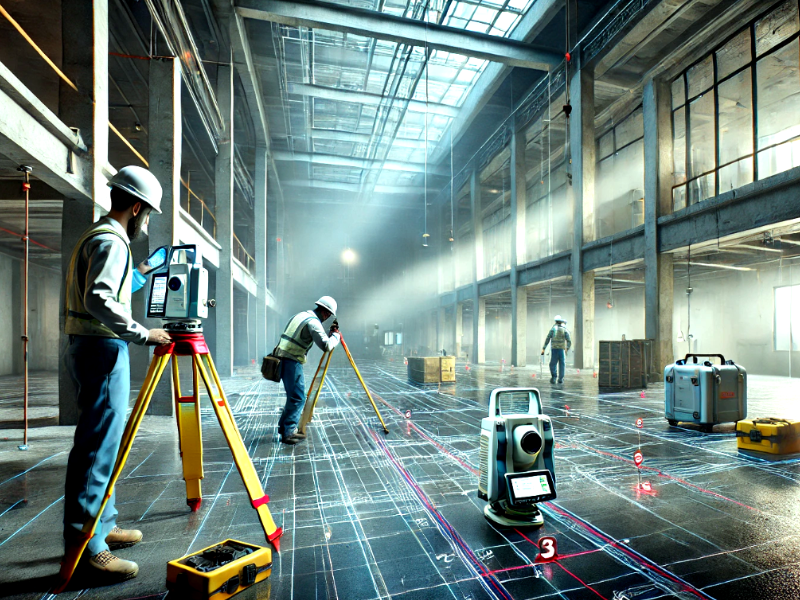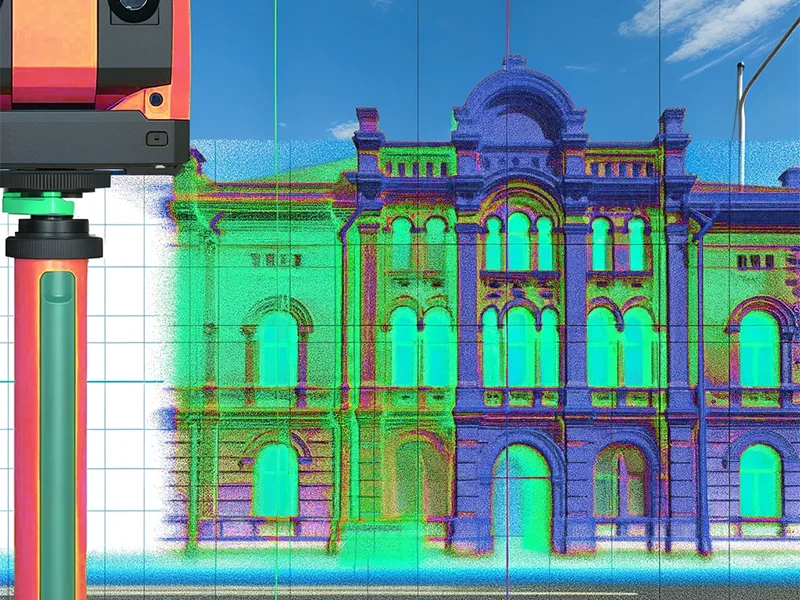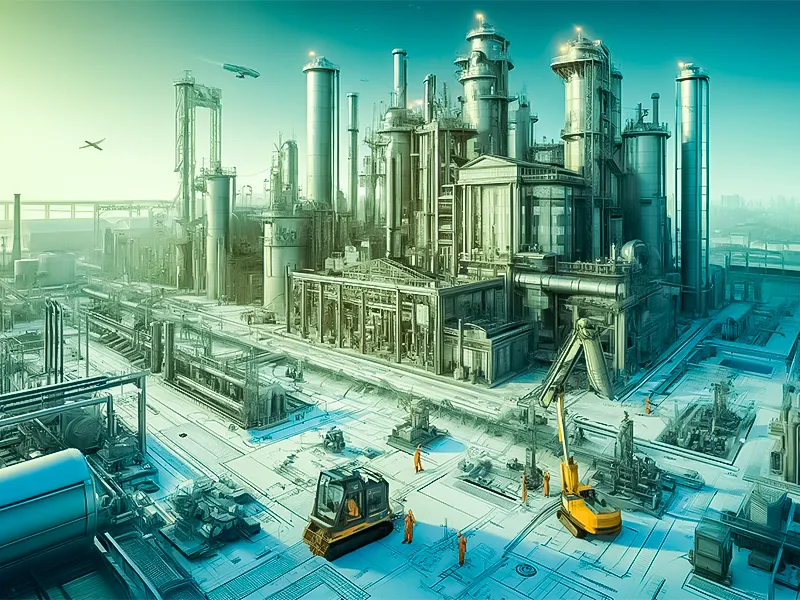
What is 3D Laser Scanning?
3D Laser Scanning for industrial plants examples:
- Mine processing
- Chemical Plants
- Nuclear Power Generation
- Coal Power Generation
- Gas Turbine Power Generation
- Automotive
- Refineries
- Pulp and Paper Mills
- Agricultural Processing
- Phosphate
How 3D Laser Scanning Benefits Production Plants?
1. Risk mitigation
2. Cost and schedule reduction
Compared to traditional survey methods, laser scanning has decreased contingencies for rework to less than 2% and lowered the total installation cost for brownfield projects by 5-7%. These results are noteworthy for their consistency and magnitude throughout various projects. When 3D laser scanning is utilised, schedule compression of up to 10% has been documented. In industries such as nuclear power generation, where outage time costs $1 million per day and offshore platform repair output values surpass 500,000 per day, such savings pale compared to data collecting and modelling costs.
3. Safety and regulatory compliance
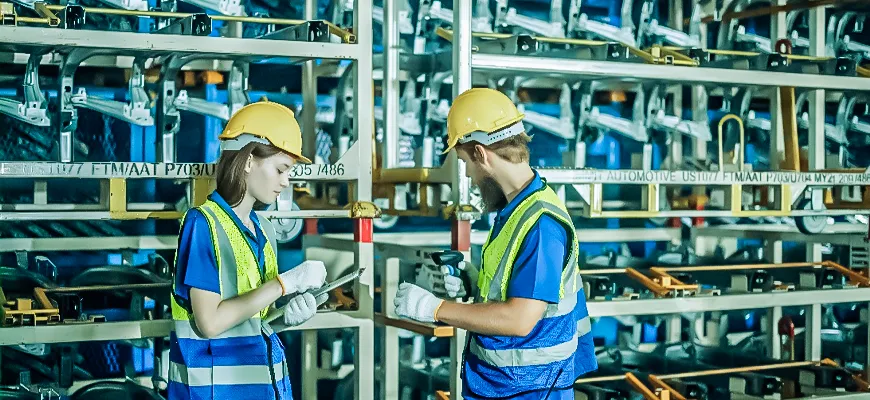
Due to growing government oversight and regulations, owners must create and manage production assets in their as-built and as-maintained states. Laser scanning is becoming increasingly common in adhering to environmental, health, and safety regulations. In many cases, laser scanning techniques are safer than manual data-collecting techniques.
Today’s scanning devices can sense remotely, and quick data collection implies less time spent on the job site when sufficient dimensional control guarantees bolt-up installation rather than onsite welding; onsite fabrication techniques can be employed with certainty. These procedures are safer in situations when hot work permits are needed.
4. Improved quality and other benefits
5. Modelling with process plan
6. Precision deployment
7. Large-Part inspection
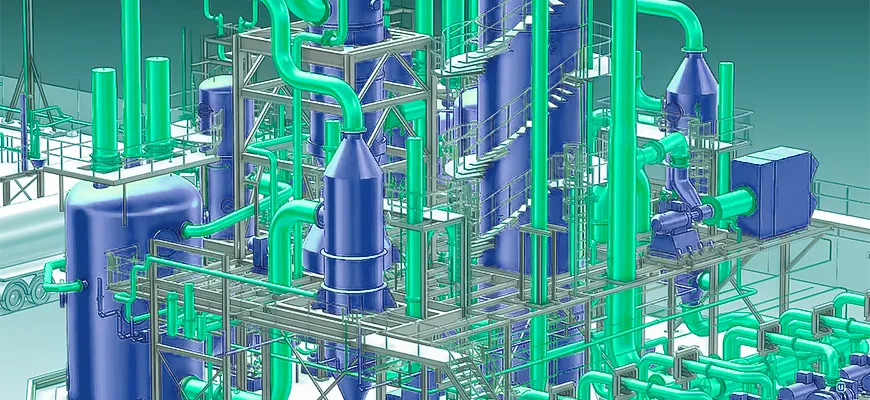
Consistent, accurate measurements are critical for maintaining plant equipment’s design intent and performance. Laser scanning provides precision measurements, minimizing user variability and eliminating rework and scrap.
Also Check: 3D Laser Scanning for the Agricultural Industry
Why isn't Everyone Doing this on Every Project?
Where is the deal? Why is 3D scanning only used for a small number of industrial plant projects?
Here are some of the constraints:
- Lack of awareness. There are less than 5,000 operational 3D laser scanners worldwide. Despite a recession, the market is still in its initial stages of adoption despite increasing by 25–30% over the previous five years.
- Perceived cost. For some projects, traditional methods are more cost-effective. The challenge is to understand when it makes sense to leap.
- The inertia of old ways. Changing workflows is often painful. Organizations usually need to embrace 3D and abandon familiar 2D processes to get total value for laser scanning.
- Integration challenges. While some of today’s plant design solutions, notably products from AVEVA, Bentley, COADE, and Intergraph, have embraced point cloud integration, many have yet to do so.
None of these challenges is insurmountable; the enhanced productivity already delivered to thousands of industrial plant capital projects worldwide testifies to the compelling value proposition of today’s 3D scanning-based workflows.
Conclusion
As awareness grows and more industries embrace this innovation, the future of industrial plant operations looks brighter and more streamlined than ever. For more information on how 3D laser scanning surveys can benefit your projects, visit Survey2Plan.


